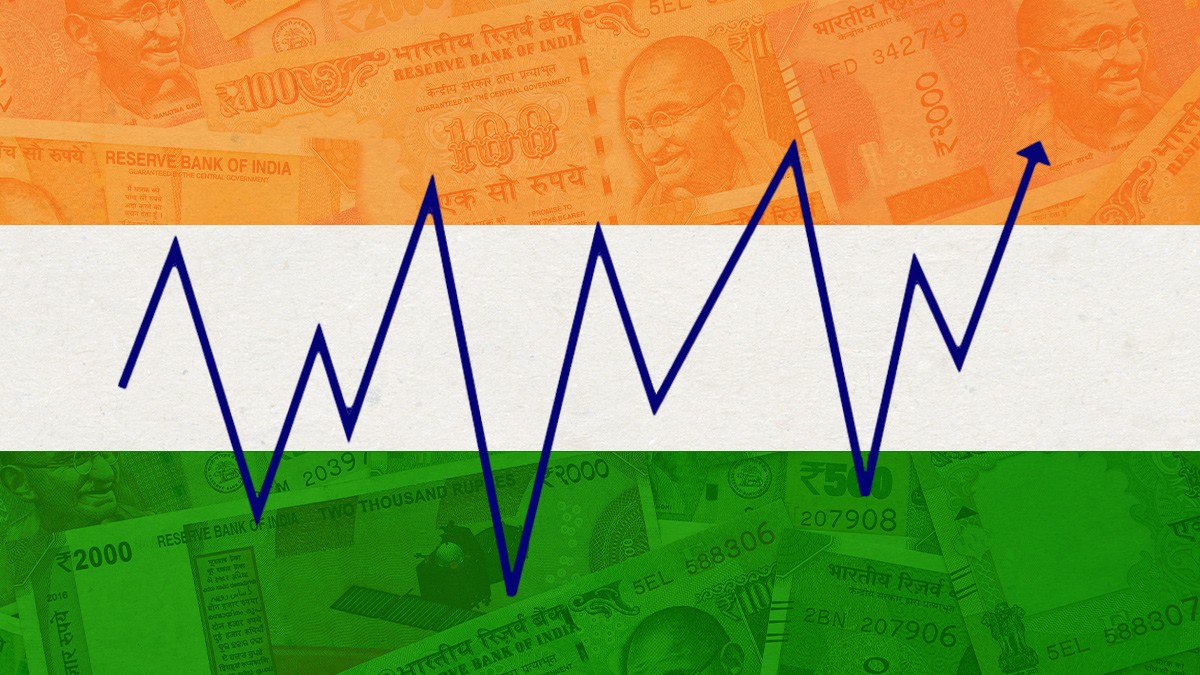In a significant policy shift to ease trade frictions with the United States, the Indian government has proposed eliminating the 6% equalisation levy on digital advertising services offered by overseas tech firms.
The proposal was presented by Pankaj Chaudhary, Minister of State for Finance, as part of the Finance Bill 2025. It comes amid a broader package of 59 amendments aimed at tax rationalisation and policy clarity.
This is an important policy development, especially for world tech giants like Google, Meta, and X (formerly Twitter), which had complained for some time about the impact of the levy on border digital commerce.
Repeal Reflects a Calibrated Strategic Shift
In 2016 and subsequently widened, the equalisation levy was aimed at revenues by foreign digital services providers from Indian consumers, mainly via online ads. The 6% levy was perceived broadly by the industry players as a unilateral digital services tax (DST), which created tension in international tax circles and bilateral negotiations, especially with the United States.
India’s move to suspend the levy is also well-timed. It is before the April 2 deadline when the U.S. administration, led by President Donald Trump, was supposed to consider retaliatory tariffs against nations imposing unfair digital taxes. The repeal appears aimed at preempting any escalation and signals India’s willingness to align with emerging global frameworks under the OECD-led international tax negotiations.
“The 6% equalisation levy had drawn considerable criticism from the U.S.,” said Amit Maheshwari, Tax Partner at AKM Global. “With the possibility of retaliatory measures looming, the Indian government is taking a more conciliatory and pragmatic approach. The withdrawal is a meaningful step toward trade normalisation.”
Broader Tax Changes Also on the Table
In addition to the repeal of equalisation levy, the government has also suggested repealing income tax exemptions under Section 10(50) of the Income Tax Act. Such income arising out of digital services that are chargeable to equalisation levy is exempted under this provision. Under the proposed amendment, such income will come within the scope of normal income tax, thereby bringing digital income taxation into the mainstream tax regime.
Implications for U.S.-India Trade Dialogue
The decision is generally considered a gesture of goodwill ahead of a possible resolution of the digital tax impasse between India and the United States. Whether the change will shape Washington’s approach in current trade talks remains to be seen. Analysts predict that the rollback might be used as leverage for India in broader digital economy negotiations.
However, experts caution that it’s too early to gauge the U.S. response. “The ball is now in the U.S. court,” said Maheshwari. “While this is a welcome change, how it plays out diplomatically will depend on parallel commitments under multilateral frameworks.”
A Step Toward Policy Coherence
By removing the equalisation levy and bringing digital taxation in line with general income tax legislation, the government seems to be simplifying its fiscal framework to encourage international cooperation as well as ensure revenue integrity domestically.
The repeal offers financial relief to global digital companies operating in India and signals a more stable regulatory climate. For the Indian government, it reflects a maturing digital tax policy—one that aligns national interests with global consensus.
























